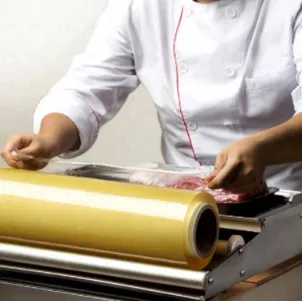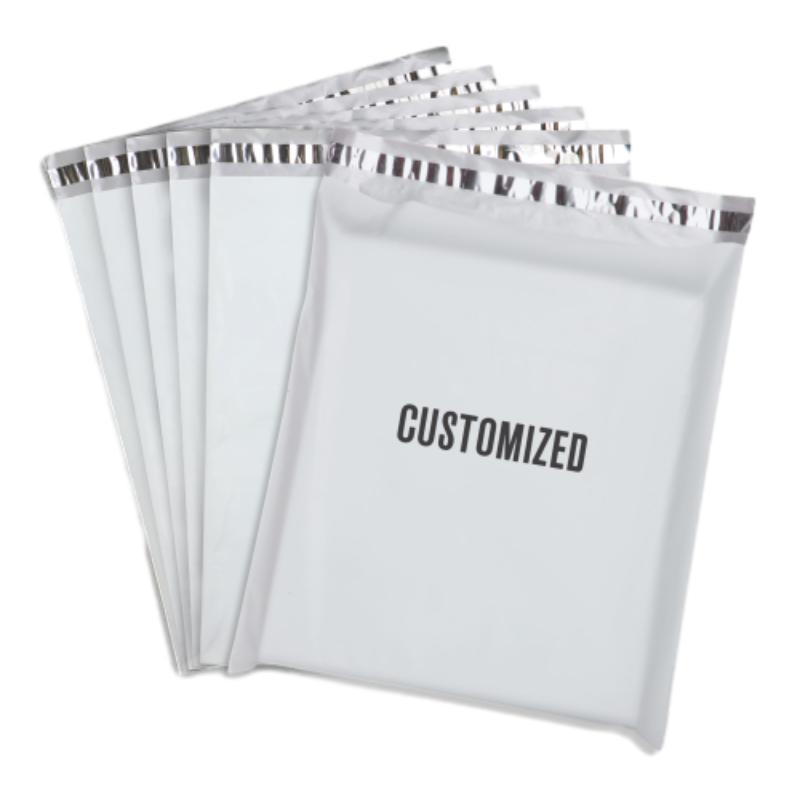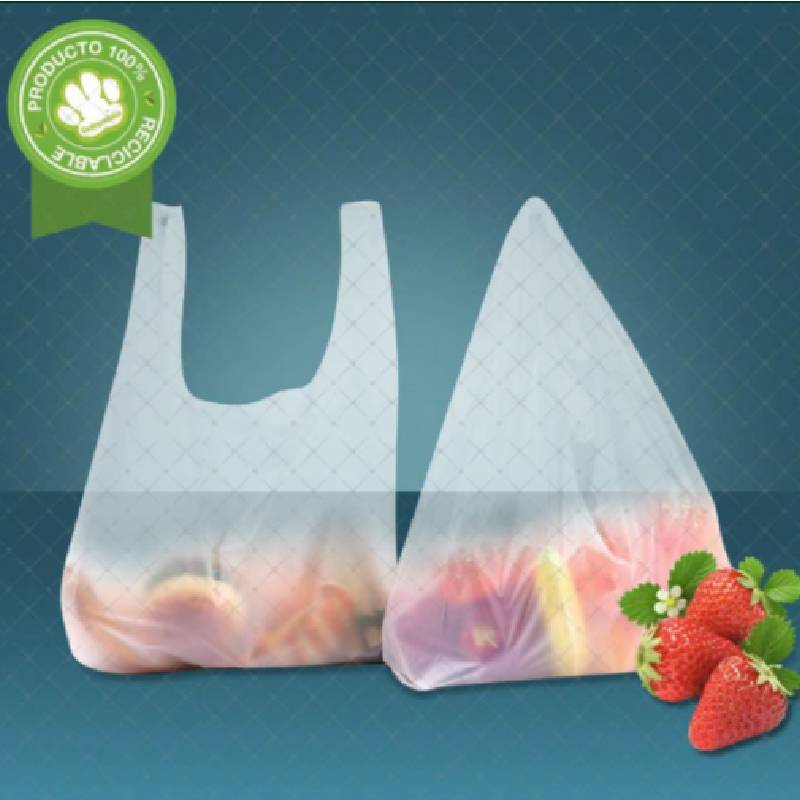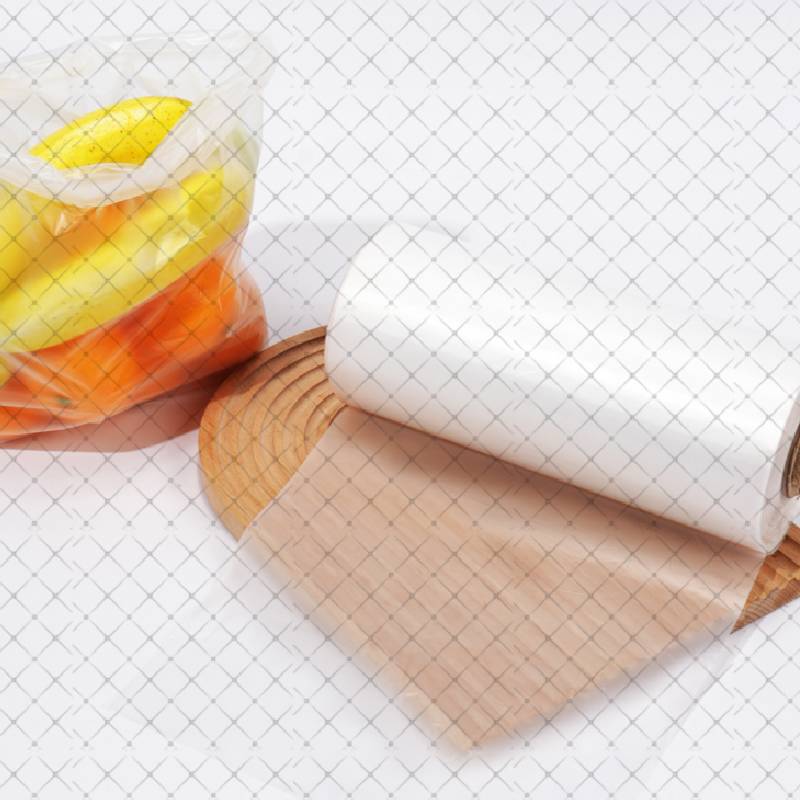Food Wrap Rolls & Wrapping Film: Cost-Effective Freshness for Food Businesses
When it comes to packaging in the food industry, freshness, hygiene, and speed matter most. Whether you're wrapping sandwiches at a deli, storing produce in a commercial kitchen, or packing baked goods for retail shelves, the right food wrap roll helps preserve quality while keeping operations clean and efficient.

From high-grade cling film to grease-resistant deli sheets, this guide breaks down the most common types of wrapping film roll, how to choose the right material for your operation, and what to expect when evaluating wrapping roll price for wholesale or bulk purchase.
What Is a Food Wrap Roll?
A food wrap roll is a continuous film or sheet material—often plastic, foil, or paper—designed for wrapping or sealing food items. It’s typically packaged on a core or dispenser for easy access in high-speed kitchen or production environments.
Core functions of food wrap include:
Preserving freshness and moisture
Protecting against airborne contaminants
Preventing cross-contamination
Enhancing shelf life
Supporting branded or hygienic presentation
Types of Wrapping Film Rolls
Different wrapping film roll materials are used across food service, depending on food type, temperature, and application method.
1. Plastic Cling Film (PVC or PE)
Transparent and stretchable
Clings to surfaces without adhesive
Great for produce, prepared trays, refrigerated goods
Often used with automatic wrapping machines or tabletop cutters
2. Aluminum Foil Roll
Heat-resistant and opaque
Ideal for wrapping hot food, grilling, or oven use
Used in restaurants, food trucks, catering
3. Wax Paper and Deli Wrap
Moisture- and grease-resistant
Used for sandwiches, burgers, pastries
Available in sheets or rolls
Some versions are compostable or recyclable
4. Butcher Paper / Kraft Wrapping Roll
Thicker paper for meats, BBQ, or bulk deli packaging
Stronger and more rigid than wax paper
Available in white, natural brown, or printed
5. Custom Printed Food Wrap
Typically kraft, greaseproof, or wax paper
Branded with logos, slogans, patterns
Popular in cafés, bakeries, and food delivery
Choosing the Right Food Wrap Material
|
Application |
Recommended Material |
|
Cold food storage |
PE cling film or PVC stretch wrap |
|
Hot food wrapping |
Aluminum foil |
|
Greasy/saucy items |
Wax paper or greaseproof sheets |
|
Meat and fish |
Butcher paper or foil |
|
Branded takeout |
Custom-printed deli wrap |
|
Bakery packaging |
Kraft or printed parchment paper |
For high-volume use, rolls are preferred. For grab-and-go or made-to-order foods, sheets offer speed and portion control.
Wrapping Roll Price: What to Expect
Wrapping roll price depends on size, material, thickness (microns or gauge), and packaging grade (food-safe, industrial, or retail). Here’s a 2025 pricing overview:
|
Product Type |
Roll Size (Example) |
Estimated Price (USD) |
|
PE cling film roll |
12" × 2,000 ft |
$12 – $25 per roll |
|
PVC wrap (heavy-duty) |
18" × 2,000 ft |
$18 – $35 per roll |
|
Aluminum foil roll |
12" × 500 ft |
$10 – $22 per roll |
|
Wax paper roll |
15" × 1,000 ft |
$20 – $35 per roll |
|
Butcher paper roll |
18" × 1,000 ft |
$25 – $45 per roll |
|
Custom printed wrap |
15" × 1,000 ft |
$40 – $100+ per roll |
Bulk orders (10+ rolls or case packs) often qualify for 10–25% discounts. Custom print rolls may have minimum order quantities starting at 1,000–2,000 rolls depending on supplier.
Where to Source Food Wrapping Rolls
You can buy food wrap rolls from:
Restaurant and foodservice supply companies
Commercial packaging wholesalers
B2B platforms for bulk and OEM supply
Direct from manufacturers (for high-volume or private label needs)
When choosing a supplier, consider:
Material certifications (FDA food-safe, BPA-free)
Lead time and stock availability
Compatibility with dispensers or automated equipment
Sample access for quality testing
Eco-friendly options and recycling programs
Food Wrap FAQs
Q1: What’s the difference between PVC and PE cling film?
A: PVC has superior stretch and cling properties, often used in professional kitchens. PE is more recyclable and safer for certain food contact but offers less stretch.
Q2: Can I use regular plastic wrap for hot food?
A: No. Most plastic films are only safe up to 110–140°F (43–60°C). For hot food, use aluminum foil or certified heat-safe wraps.
Q3: Are custom-printed food wraps expensive?
A: Not in bulk. Custom printed wrapping film rolls can cost $40–$100 per roll depending on color count, MOQ, and paper quality.
Q4: What is the most sustainable food wrap option?
A: Compostable kraft paper, waxed paper with soy-based coatings, and biodegradable cling films are eco-friendlier alternatives to plastic-based wraps.
Q5: Can I use a cling film roll in a commercial wrapping machine?
A: Yes—just make sure the roll’s core size and film width match your machine’s specs. Some machines require pre-stretched or perforated film.
-
Trash Bags: Choosing the Right Type and Buying in Bulk for Maximum EfficiencyNewsAug.11,2025
-
T-Shirt Bags: Lightweight, Durable, and Customizable for Retail and Food BusinessesNewsAug.11,2025
-
Poly Mailers: Lightweight, Durable Shipping for E-Commerce and LogisticsNewsAug.11,2025
-
Food Wrap Rolls & Wrapping Film: Cost-Effective Freshness for Food BusinessesNewsAug.11,2025
-
Bubble Mailers: Padded, Professional, and Ready to ShipNewsAug.11,2025
-
BOPP Bags: Durable, Printable Packaging for Bulk and Retail ProductsNewsAug.11,2025
-
Have the freedom of customizing your custom mailers any way you want! Our dedicated packaging support will help deliver you the mailing experience you need to elevate your shipping experience to the next level! Start making a strong impression on your customers and stand out from your competitors! -
LIYA uses high quality raw materials which directly purchased from large enterprises domestic and overseas such as PetroChina, Sinopec, Sabic, Equate, ExxonMobil, Dow Chemical, Total, and Borouge, ensuring the price advantage and quality of the raw materials. -
LIYA uses high quality raw materials which directly purchased from large enterprises domestic and overseas such as PetroChina, Sinopec, Sabic, Equate, ExxonMobil, Dow Chemical, Total, and Borouge, ensuring the price advantage and quality of the raw materials.





